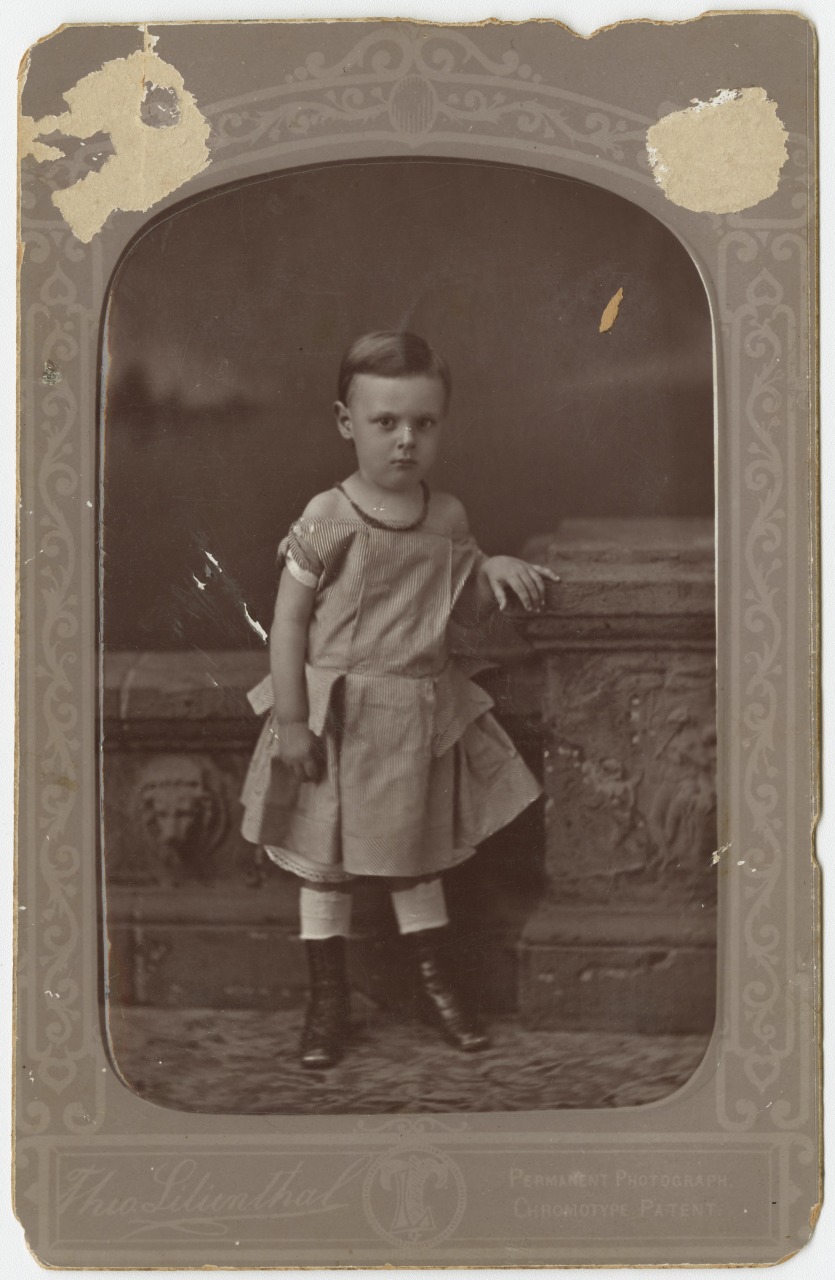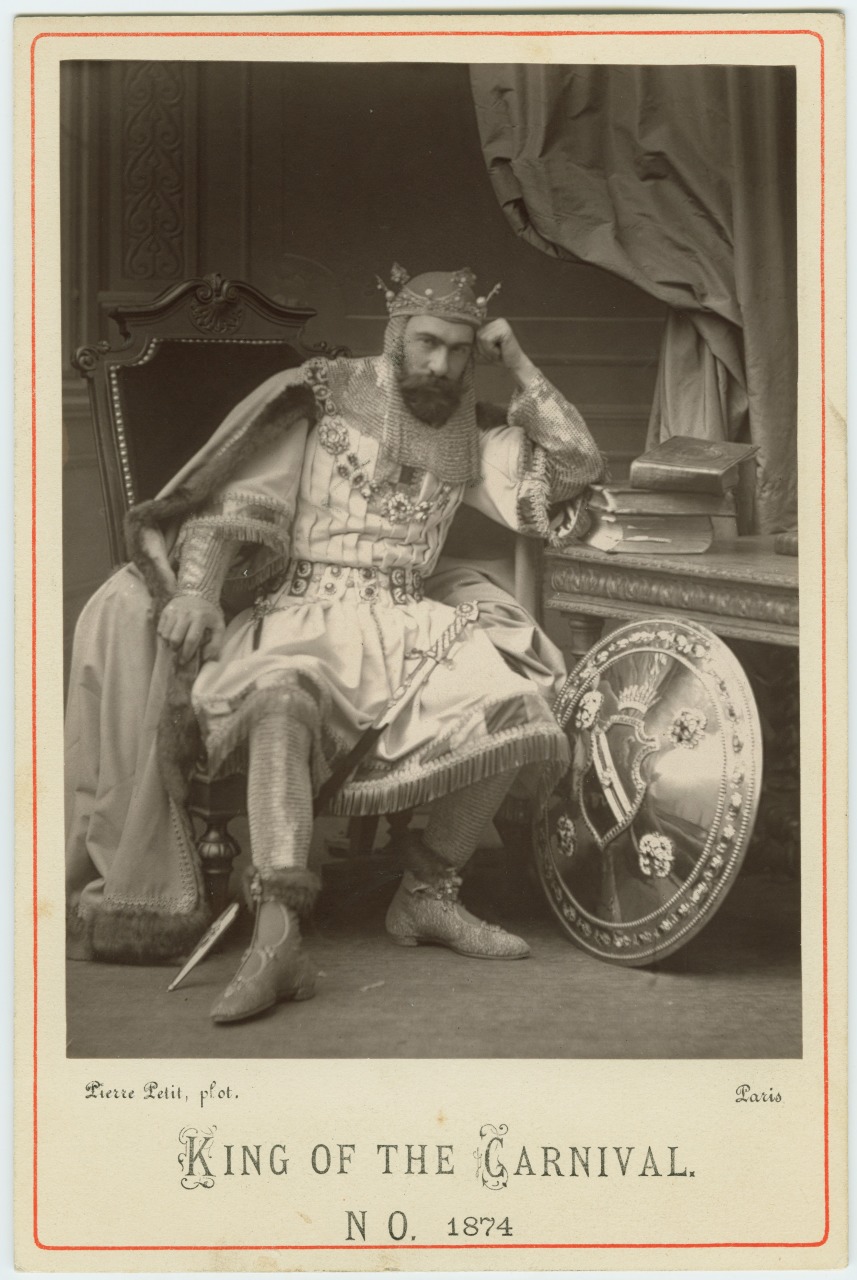In photographs made using the carbon process, the image consists of pigmented gelatin, rather than metallic particles or dyes. These photographs are noted for their resistance to fading and other deterioration. The process was invented and patented by Alphonse Louis Poitevin in 1855.
The carbon process uses a tissue coated with light-sensitive bichromated gelatin mixed with pigment. Any color pigment can be used, but carbon black was the original. The tissue is contact printed by pressing a negative or object directly against the paper surface and exposing it to light—historically sunlight—which produces a latent image. Upon exposure, the gelatin hardens in proportion to the amount of light it received.
Next, the gelatin tissue is placed in contact with a sheet of paper coated with insoluble gelatin. Both sheets, still pressed together, are soaked in a water bath. The hardened gelatin from the tissue layer transfers to the insoluble gelatin paper, and the unhardened gelatin remaining on the tissue is washed away. Thus the dark-colored pigmented image is transferred to the gelatin-receiving paper.
To create color photographs using the carbon print process, three negatives photographed through red, green, and blue filters are printed on tissue layers with gelatin coatings containing cyan, magenta, and yellow pigments. These pigmented images are then transferred one at a time to the receiving paper. Because it uses inert pigments rather than reactive silver compounds in forming the final image, the carbon process is one of the most stable forms of photography.
The first carbon print shown below (1991.24.1) was made by Theodore Lilienthal (1829–1894), who was born in Frankfurt-on-the-Oder, Prussia, and immigrated to New Orleans. He ran a successful New Orleans photography studio and in the late 1870s mastered the carbon process.


